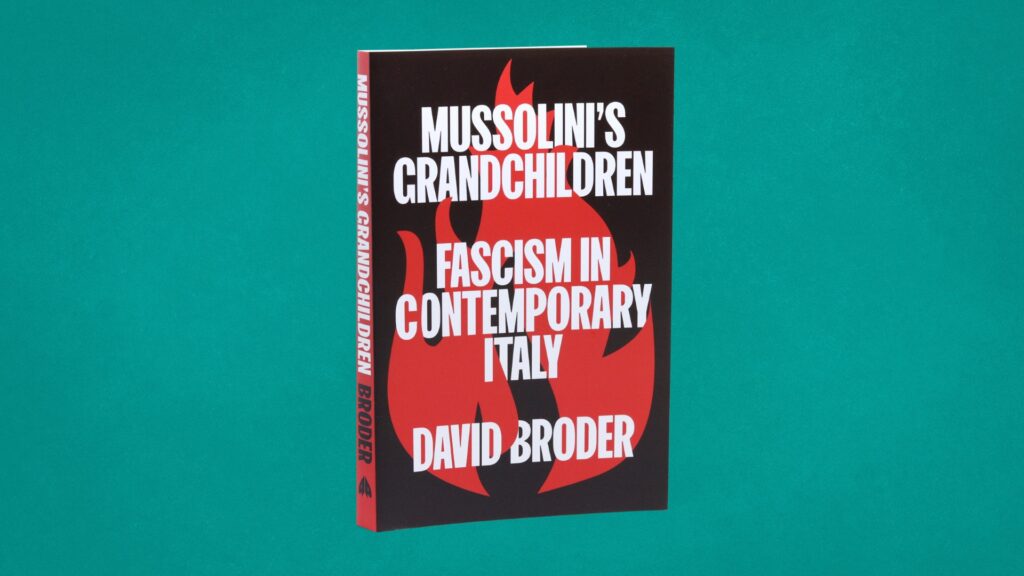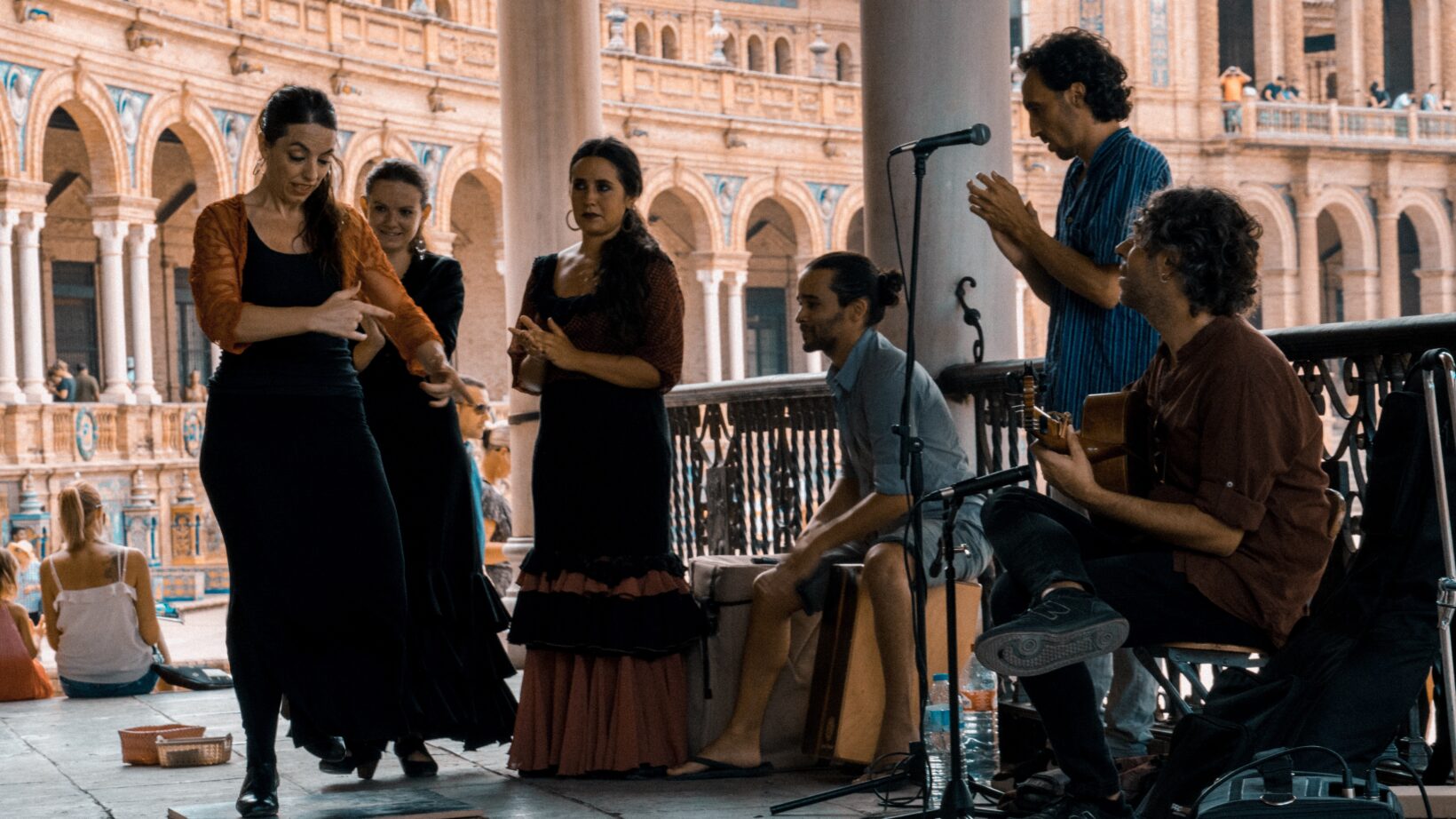How did Neofascism rise from the ashes of World War Two? A new book by David Broder seeks to give answers.

When Giorgia Meloni’s party, Brothers of Italy became the first Italian party, winning twenty six percent of the vote in the elections of September 25, 2022, the former Youth Minister in the third Berlusconi government became the first woman PM in Italian history, as well as the first one from a postfascist political background, the shockwaves were felt on a national, European and international level.
This success once again dismantled the narratives that tend to consider far-right populism as defeated, despite all the evidence to the contrary and, speaking of evidence, Meloni’s triumph ( a triumph which coincidentally occurred a century after Benito Mussolini’s March on Rome) was not a shock for observers knowledgeable of Italian history.
David Broder, historian and Europe editor for Jacobin is definitely one of these knowledgeable observers; in his “Mussolini’s Grandchildren. Fascism in Contemporary Italy” (Pluto Press) Broder leads the reader into a journey in the history of the self-styled “postfascist” movements, from the end of World War 2 to Meloni’s rise to Palazzo Chigi (the residence of the Italian Prime Minister).
The label of “postfascist” is a crucial one, as it is highly contradictory, as Broder observes; while Meloni’s party chooses to present itself as a force that has transcended fascism, a granddaughter and a great-grandson of Mussolini ran for the party in local and European elections (Rachele and Caio Giulio Cesare Mussolini respectively), highlighting how much that surname appeals to the party base, especially the nostalgic one, but just as significantly, Brothers of Italy has not renounced its symbol, despite several calls to do so, including one by Holocaust survivor and senator for life Liliana Segre.
The party’s symbol is the Fiamma Tricolore, and while Brothers of Italy’s prominent figures deny this, the symbol is known to be the one of a blazing torch on Mussolini’s tomb.
All postfascist organisations find their roots in the Movimento Sociale Italiano, the Italian Social Movement (its acronym in Italian also stood for Mussolini, sei immortale, Mussolini, you are immortal) and Broder dissects its history and how much it found solid ground in a narrative which sees fascists not only as the losing side but as actual victims of history, and the institution of the National Day of Remembrance of the Exiles and Foibe in 2005 is a crucial one.
The institution of this day of remembrance perfectly encapsulates the idea of selective memory endemic to the postfascist tradition: the narrative that Yugoslav partisans conducted ethnical cleansing of Italians (going so far as drawing parallels with the Holocaust) randomly, after the war is untrue (those who were killed were mainly actual fascists) but on one hand, it reinforces an anticommunist stance, while on the other it disconnects from the brutalities committed in Yugoslavia by Italian fascists.
The selectiveness of history also clearly applies to Italian colonialism, enforced by both Fascist and post-unification liberal Italy, and, in this selective depiction Italian colonialism is never presented for the violence that it inflicted in Lybia, Somalia, Eritrea, Ethiopia, and in the Balkans.
When it comes to the MSI, one of the most known founders is its long-time secretary Giorgio Almirante, who was a hierarch in the Nazi puppet state, the Salò Republic, an editor in chief of La Difesa della Razza (Defence of the Race), a biweekly which was crucial in spreading antisemitism and racism in Italy and an Italian MP from 1948, until he died in 1988.
The very fact that, in postwar Italy, a party founded by political figures who had certainly not stopped being fascists could sound confusing to those unfamiliar with Italian history, but, while the country’s constitution was drafted and put together by all the forces that led the Resistance against Nazi-Fascism, from communist to socialists, from Christian Democrats to liberals, its article 48 forbids the reorganisation of the dissolved fascist party, in any shape; the MSI founders were able to circumvent this by changing their name, not their nature.
Broder presents the history of the party, which provides Brothers of Italy with a direct lineage with the dissolved fascist party, from the attempts of Christian Democrat Tambroni to bring them into his government, which led to bloody clashes all over the peninsula in 1960, the time when the MSI got closer to power, to the Years of Lead, the party vehemently’s anti-communist platform and the links between the party, intelligence services, sympathies for Franco, Salazar, and Pinochet dictatorships, coups attempts as well as the role of fascist terrorism (the perpetrators of the Bologna station massacre, which killed 85 people and wounded 200 becoming the greatest massacre in the country since the end of World War II were former members of the MSI).
The history of the MSI is one of a long series of failed attempts to get into the space of mainstream Italian politics.
The change for post-fascists came in the 90s, in a context that followed the fall of the Berlin Wall and of the whole political system which had led the country, the Prima Repubblica, under the corruption scandals of Tangentopoli: a crucial role was here played by late PM Silvio Berlusconi.
Berlusconi, in 1993 inaugurated a new supermarket in Casalecchio di Reno, near Bologna; in that context, he said that if he had been in Rome, he would have voted for Gianfranco Fini, Giorgio Almirante’s dauphin as Mayor of the capital.
That endorsement was a heavy one; Berlusconi was undoubtedly the most popular Italian entrepreneur and he would have followed up on his decision to bring Italian fascism into the mainstream by making the former MSI, which changed its name into Alleanza Nazionale part of his government in 1994.
Berlusconi was also the first Italian PM who openly trivialised Fascism, by diminishing its crimes and expressing his appreciation for Mussolini, yet another element of his rotten legacy.
Giorgia Meloni was a longtime youth member of the party and rose through the ranks, all the way up to the cabinet of Youth Minister in the third Berlusconi government in 2008 and now she is shaping Italy’s direction and the Italian far-right.
Meloni is making it modern, while keeping fascist nostalgia, ignoring its shameful history but presenting her triumph as the one of the oppressed underdog (the fact that Meloni is a woman, coming from a working-class environment plays an important role in identity politics, but not in the name of inclusion), she is supporting the EU, Nato, and Ukraine, while pursuing Islamophobic, racist positions and hostile attitudes towards the LGBTQIA communities, alongside oppressive approaches to migration which have been however the mainstream political norm for years.
Another example has to do with the party’s newfound commitment to fiscal “responsibility”, in line with the Draghi government, a commitment which also leads to dismantling welfare safety nets such as the Five Stars Movement’s Citizenship Income, at a time of great social issues.
Meloni’s Right (Brothers of Italy and the League are not labeled as far-right in the Italian mainstream media and discourse) in her own words, thanks to this trivialisation and narratives, leads the European Conservatives which, in the leaders’ words “shares values and experiences with the British Tories, the U.S. Republicans and the Israeli Likud.”
In a context of divided, weak oppositions and weakened antifascism, Meloni leads the narrative and has a massive space for action in the country and the European elections of 2024 will be crucial for expanding the influence and the alliances developed in Europe, from Spain to Poland; Broder’s essay is an essential, detailed and compelling guide to understand how we got here, to a far-right PM who mentions Tolkien more than Mussolini and the prospects for the international far-right.





